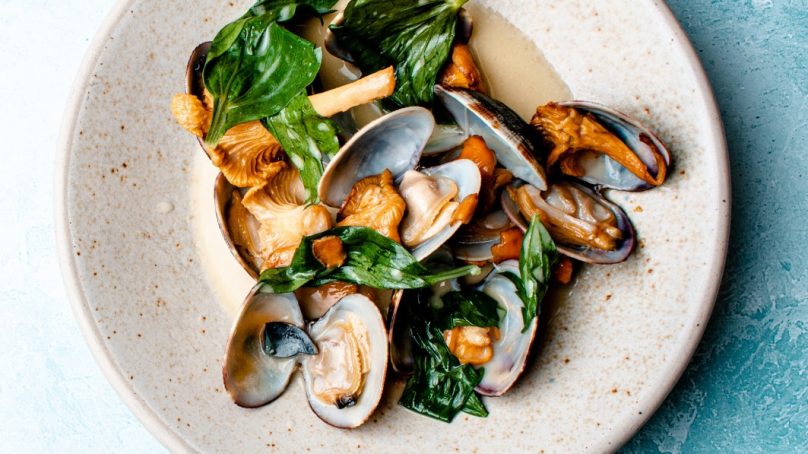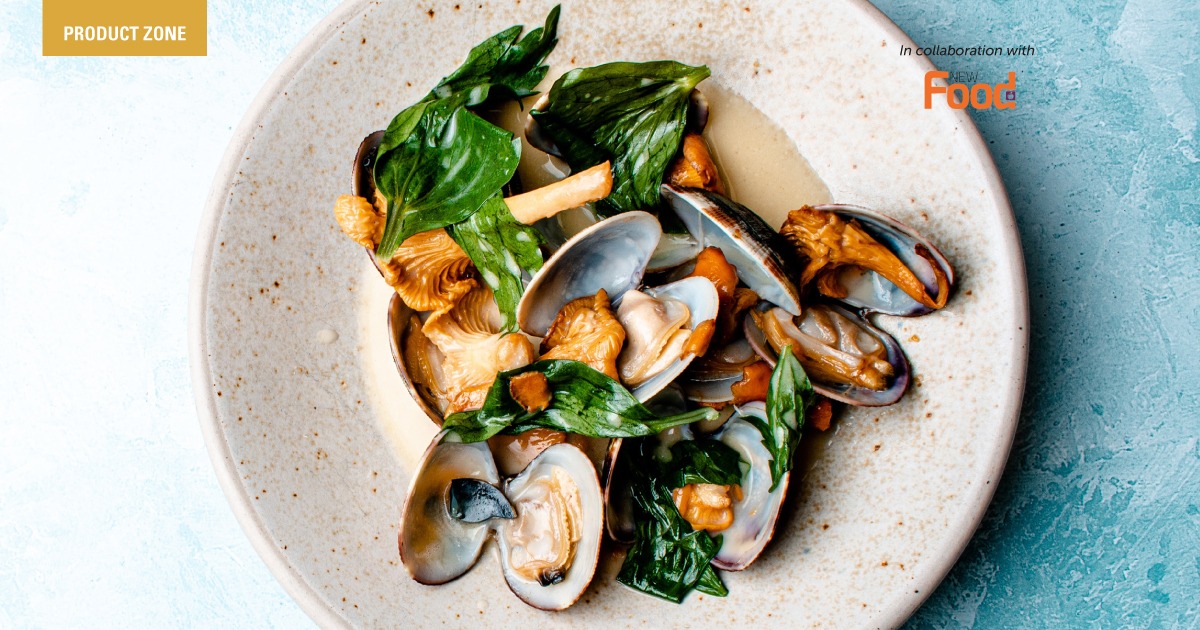

The plant-based trend has taken the world by storm, with the market expected to be worth a whopping USD 74.2 billion by 2027. Contrary to popular belief, such a diet doesn’t mean eating just leafy greens. In actual fact, it follows the same pattern as that of a flexitarian. In other words, the main foods you will consume are vegetables, grains and pulses, but you will also eat meat on occasion.
Most plant-based foods are aimed at meat eaters who are looking to make sustainable food choices or are driven by a perception that such products are healthier. As a result, we’ve seen meatless burgers and sausages make their way onto supermarket shelves and restaurant menus.
The same concerns over ethics, sustainability and health that are plaguing the meat sector are now moving across to the seafood industry, so one shouldn’t be surprised to hear that the plant-based trend has now penetrated this sector. Overfishing, marine pollution and the environmental impact of the fishing sector on biodiversity, as well concern for microplastics and mercury contamination in fish, are just some of the fears consumers currently have. As a result, the global plant-based seafood market has witnessed significant growth —a CAGR of approximately 30 percent during 2017 and 2020.
Looking specifically at the Middle East, an important factor to be taken into consideration is whether the product is farmed or wild caught, with the preference being the latter. Most consumers believe that wild caught is more natural, fresher, tastier and healthier. Interest in sustainability among the Middle East and globally is also growing.
However, just as meat still dominates, seafood substitutes remain just a small segment of the fish pie. A newer trend has emerged globally, but one which will still quell the environmental, health and ethical concerns of consumers — so called “seaganism.”
What is seaganism?
So how is seaganism different to pescatarianism? It deserves its own label because “seagans,” like vegans, do not eat eggs or dairy. Moreover, there is an emphasis on only eating sustainably sourced fish.
Following the Covid-19 outbreak, nutrition and mental health are at the forefront of consumers’ minds. As a result, we have seen a spike in demand for healthier food options, with products that are rich in protein, vitamins, omega-3 fatty acids and functional fiber becoming key purchasing choices.
If you want to eat seagan, you’ll be looking to steer clear of fish containing high levels of mercury/PCBs. According to Seagan Eating, the lower a fish is on the food chain, the less mercury it’s likely to contain. Safe bets include sardines, domestic crab, haddock, shellfish and Pacific wild-caught salmon, to name just a few.
Sustainable seafood is also labeled. Keep an eye out for the Marine Stewardship Counsel (MSC). Seafood Watch (seafoodwatch.org) also has some useful advice around sustainable fish and contaminants.
In the UAE, the government launched a Choose Wisely campaign in partnership with the WWF to educate the public on the sustainability status of the fish they buy. The initiative offers consumers a color-coded guide highlighting whether that species is over exploited or deemed as sustainable.
“A commitment to serving sustainable seafood isn’t something you can simply sign up to and ‘tick the box,’” says Laky Zervudachi, director of sustainability at Direct Seafoods. “Any list of fish and seafood species is a snapshot, as the situation changes all the time. It can depend on the breeding season, changes to quotas and simply the size of the catch, among other factors.”
Direct Seafoods offers the following advice to chefs on sourcing sustainably:
• Work with suppliers that care about the oceans. Use your supplier for advice on sustainable species, as well as for alternatives to non-sustainable fish currently on menus.
• Make the provenance and sustainability of the fish and seafood you serve a selling point, using menus and specials boards to tell customers where and when it was caught.
• Keep a record and regularly check the sustainability rating of the products you buy, including fish and seafood. This will help give you an overview of the overall sustainability of your menu.
• Make sure all chefs and front of house team know about the sustainable seafood you use on your menu so they can answer customer questions. Ensure they understand issues such as the difference between farmed and non-farmed fish.
• Highlight the sustainable seafood credentials of your business on your menus, websites and on social media. This is particularly important when there is media coverage or campaigns around these issues.
• Consider the benefits of using farmed species over wild-caught fish where available. Aquaculture is increasingly important to food sustainability. Chefs should check for proper certification, such as the Aquaculture Stewardship Council (ASC) standards (asc-aqua.org), to ensure that all is in order.
• Check for updates regularly, as sustainability advice for specific species can change.
Gill-to-fin
In addition to a focus on sustainably sourced fish, we will also start to see more chefs moving to a “whole fish” approach, using as much of the fish as they can rather than just prime cuts. This should help reduce food waste, which has a huge environmental impact and will satisfy the “sustainably hungry” consumer, but it’s also a trend influenced by cost savings.
According to Seafood Direct, an increasing number of chefs are using bones, heads — including cheek and collars — and offal to create new dishes. Fish collar (the fatty, tender meat tucked between the fish’s gills and the rest of its body) is leading the way. It’s a cut which is great grilled or for use in dishes like terrines. It can also be battered and fried to make fish bites.
We are seeing offals in pâtés, while fish bones are being used to make tasty broths and even scraps are being used for things like taco fillings.
The gill-to-fin trend is also helping drive the “seacuterie” movement. This sees chefs preserving fish and seafood through pickling, fermenting, smoking and/or ageing. Ageing fish helps to intensify the flavor and improve its texture, with meatier fish best.
Seacuterie items you may see popping up on menus include shellfish sausages, crab dips and smoked mussels, which are served on a charcuterie-style sharing board. This “sealami” snack trend is set to become more widespread among restaurants.
The seafood sector is certainly an exciting market at the moment, and it’ll be interesting to see how these trends fare as we enter 2022. Will they remain “a catch” for consumers, or will this simply be a small fish trend in a much bigger pond? Only time will tell.

Bethan Grylls,
New Food Magazine editor

















